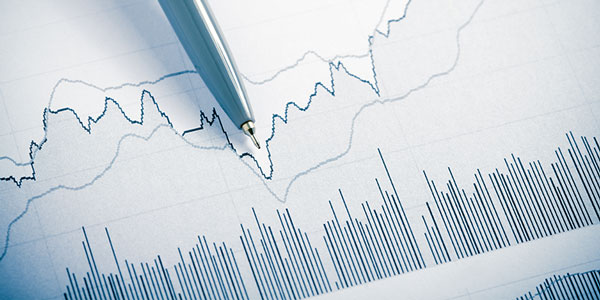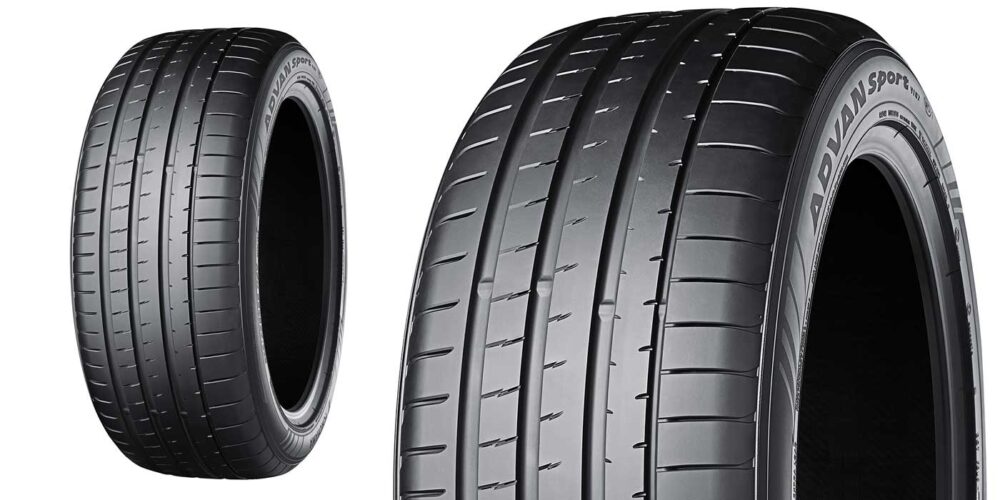With states initiating lockdowns and “shelter-in-place” orders, the spread of the coronavirus has impacted daily lives not only in the U.S. but throughout the world. In the tire industry, multiple tire manufacturers have temporarily shut down their facilities, social distancing is now a way of doing business and shops have upped their sanitation game and given more options to customers when it comes to their service.
For now, this is our new normal. But how will our industry fare the economic effects of the coronavirus outbreak in the long run? We spoke with Steven Rathbone, managing director at international investment banking firm Stout, and his colleague and tire industry veteran, Phillip Kane, now a senior advisor at Stout, to get their take on how the coronavirus will affect all parts of the industry in the weeks and months to come.
Market Conditions for Manufacturers
With tire inventories high for manufacturers before COVID-19 reached a global scale, Rathbone and Kane said they don’t expect supply and demand issues as manufacturers exit the crisis. However, the most efficient supply chains will fare best once business operations return to usual.
“There was general market weakness even to start the year as you saw from fourth-quarter industry manufacturer earnings reports,” Kane said. This slump was a result of soft OEM demand and a mild winter, Rathbone added.
As demand ramps up after the economy returns to a state of normalcy, both manufacturers and distributors could face challenges reacting to market conditions, but Rathbone said two factors will determine how they respond: the efficiency of their wholesale network and contingency plans they have in place.
Because many carmakers have reduced or shuttered vehicle production, tiremakers’ OEM business will likely be negatively impacted as consumers postpone new car purchases, Rathbone and Kane said. This will flow through the supply chain, including tires for new vehicles.
“We have already seen OEMs renegotiating tire prices in the last several months,” they said. “We would expect this activity to continue. This will both pressure margin and volume for major players who will inevitably give up price to keep volume while also coming under further pressure from Tier 2 manufacturers.”
Tire brands that have manufacturing in China or source their proprietary brands from certain parts of Asia could also be impacted by the disruption in production, distribution and shipping COVID-19 has had on Asian economies, the pair said. This could also create issues in the future for the commercial tire sector since 17% of its volume comes from China.
According to Rathbone and Kane, manufacturers will drastically lower their year-end guidance. And don’t expect a post-crisis spike in pent-up demand, they say. With business lost as a result of the coronavirus pandemic, Kane and Rathbone predict major players in the industry will take action on pricing and create volume buyouts for dealers and distributors to justify refilling their plants.
“It’s typical behavior in the tire business: when volumes are compressed, prices fall, and often irrationally so,” Kane said. “Initially, we would anticipate a lower tire pricing environment even despite where raw materials are as manufacturers compete for much-needed volume once the market starts coming back for tires.”
Changing Consumer Behavior
Currently, consumers aren’t postponing purchases—they simply are not consuming. Similar to the 2008 financial crisis, the economic effects of the coronavirus may result in structural changes in consumer behavior, Rathbone and Kane said.
For example, expect to see a greater shift to online buying, consolidating purchases into curb-side pick-up routes and greater use of delivery services, Kane said. As a result of new cleanliness standards, consumers may also be hesitant to patronize certain brick-and-mortar stores if they don’t maintain a level of hygiene, cleanliness and aren’t technologically oriented.
“As we saw in 2008 and 2009, consumers were teaching themselves to behave differently, which might have a negative impact on miles driven,” Kane said. “There could also be changes in consumer behavior that result in a slower pace of economic improvement as consumers maintain a wariness even after they’re told that this is over about getting back out and being around people for a while.”
Effects on Tire Dealers
During and post-coronavirus, Rathbone and Kane said wholesalers could reduce delivery frequency and sideline drivers or vehicles to rationalize routes, which could lead to permanent changes in the industry. Commercial and OTR dealers will selectively find success since trucks, agricultural equipment, government agencies and municipal fleets operating for “essential” industries will need to be on the road. A fall-off could occur in construction, industrial and certain OTR sales and service during and after the crisis; however, numerous infrastructure bills and government stimulus could boost this sector post-crisis as well as support pricing of specialty tire shortages at a certain point, Rathbone and Kane said.
In the short-term, miles driven is expected to decline substantially, leading to less wear on tires and vehicles resulting in an extended replacement cycle, Rathbone and Kane predict. However, there’s potential for consumers who are collecting a paycheck—or who will eventually receive stimulus money from the government—to take their vehicle in for necessary repairs and maintenance.
Kane and Rathbone advised shop owners and management teams to remain focused on keeping COVID-19 out of their shops and managing employee concerns. With tire dealerships closing temporarily or adjusting their hours, expect to see “grassroots of innovation and change,” such as more of a shift to e-commerce, ride-share offerings and mobile and curbside service, which will likely be permanent if not already services that dealers offer.
“Whatever steps you as an independent tire dealer can take to overcome this to a degree, that is going to be directly proportional to your success now and in the future,” Kane said. “There’s nothing that any independent tire dealer can do to make this go away. None of us can. But the question is: What can you do to maximize your opportunities through this?”
Steven Rathbone is managing director within the investment banking group at Stout, a Chicago-based global advisory firm. Phillip Kane is a tire industry veteran and Senior Advisor at Stout who has previously held executive roles in increasing responsibility at Goodyear and Pirelli. To discuss more in-depth about the coronavirus’ impact on the tire industry, contact Steven Rathbone at [email protected].














